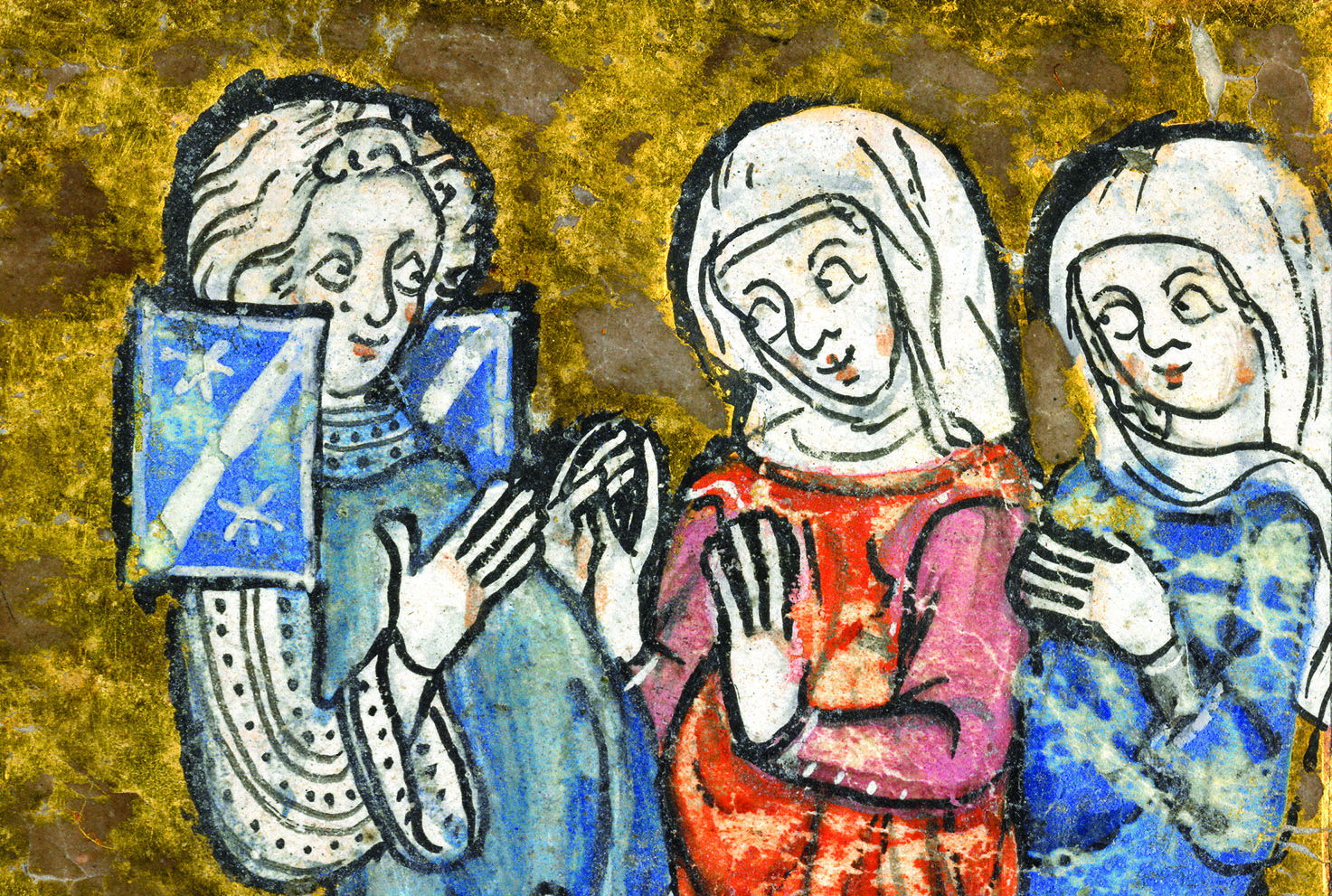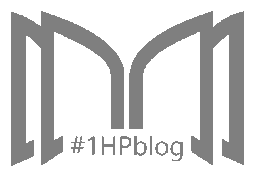The History of Fiction: Defining and Discovering Fiction
Posted on Jan 01, 2019
We all create fiction in our heads: replaying and reimagining scenarios or thinking up alternate worlds. Putting them on paper is trickier because we have to be careful about defining the stories we write: Is this still fiction or not?

You can never go wrong by going back to the dictionary definition. Let’s list down some relevant entries for “fiction” from the trusty Merriam-Webster Dictionary:
something invented by the imagination or feigned; specifically: an invented story
fictitious literature (such as novels or short stories)
a work of fiction; especially: novel
the action of feigning or of creating with the imagination
Other sources expand this definition to cover works derived from history and fact. Also, fiction is not just written stories. It can also be movies, video games, animation, theater, and even soap operas. For the sake of this discussion, let’s focus on the written form: literary fiction.
The Beginning of Fiction

To know fiction better, we have to start by learning how it came to be. You have to wonder: Who started imagining things and writing them down? Who read them? Who gave fiction its name? Which is real life and which is fantasy?
Surprisingly, the history of fiction writing can be traced back to the word history itself. Around the beginning of the 12th century, books were uncommon save for one familiar title: the Bible. The Bible contained stories known as parables, which were believed to be true. Back then, any story you told was accepted as fact simply because it was told. They were gateways to get to know the world—there was no line between fiction and nonfiction.
This is how history began. Yes—plot twist!—history actually came from story, not the other way around. Even historians made things up to fill the gaps, to create a consistent and believable “history.” An example is the medieval history of Denmark, Saxo Grammaticus, from the same century. It contained legends passed down through history and then peppered with fictional tales to make it coherent.
As the century went on, books started gaining popularity. Books with fabricated versions of reality popped up here and there. Hence, people started being more careful about what fiction and nonfiction were. By the end of the century, libraries had sections for either category. It heralded the beginning of an ever-growing collection of fictional stories that spanned Homer, Shakespeare, Leo Tolstoy, Jane Austen, J. K. Rowling, John Green, and much, much more.
Basic Elements of Fiction

The distinction between fiction and nonfiction got clearer as time passed. In this day and age, we define fiction through these six key elements: setting, character, plot, point of view, theme, and style.
Let’s start with the establishing element: the setting. This covers the physical and social context of your world: geography, culture, language, government, livelihood, and so on. Your distinguishing factor—magic, incredibly sophisticated tech, supernatural creatures, or a reimagined era—is in the setting. This element defines how your characters interact with each other and the world and how the plot unfolds.
Up next are the characters, the players in your story. They come with their own backstories and personalities and go through character development. While they’re made out of thin air, their actions and personalities have to be believable within context. They need substance.
The plot spans the story, covering events that drive the narrative from start to finish. It’s the outline that you usually find at the table of contents, the back page, or on online descriptions and reviews. To move the narrative, conflict is generated from and among the characters and setting.
The last three elements are more concerned with storytelling itself. The point of view is literally the point from which the story is told. Whether it will be written in first-person or third-person dictates how much the reader will see. Is it more personal and emotional? Are they watching a story unfold? Will they know how Kat feels about her breakfast? Is the story being told by Peter, Paul, and Mary?
Theme is the central idea of the fictional work. It ranges from abstract concepts and ideas to universal truths and experiences. Things like the cycle of life and death, loss of innocence, and why your crush doesn’t like you are common examples. The theme dictates the message of the story.
Lastly, the style is the author’s unique tone of writing. It includes syntax, word choice, tone, emphasis, perspective, and all other personal touches and linguistic flourishes that can be used in writing. This is often what distinguishes the work of one author from the other.
Understanding these six elements allows us to point out and create fiction. When writing, always go back to these six and you’ll be a fiction pro in no time!
Treading the Fine Line between Fact and Fiction
Despite the difference between fact and fiction, we still like to play in the gray area. After all, we wouldn’t be people if we didn’t always try to make things exciting. We write fiction that bends supposedly immutable things. Historical fiction, based-on-a-true-story novels, and science fiction are the usual suspects.
When writing these kinds of fiction, always be careful about wording and establish right away that it’s fiction, not a textbook or a historical account. This is usually done on the cover, preface, or back page. You can write the story out as close as you’d like to the actual history, but don’t forget to use your imagination. Perhaps you’d want to reimagine the Philippine hero Lapu-Lapu as someone who really liked to eat the fish that would come to be named after him. Or maybe you’d want Rizal to be secretly friends with Spanish sympathizers.
No matter what kind of fiction you want to write, always remember that it is a product of imagination. Get creative! Play with facts! Don’t be afraid to be outrageous! Just make sure that your writing is convincing and consistent.
And that concludes the history of fiction! Mind you, this isn’t fabricated. We have the research to back it up. We hope this helped you understand and get more into fiction. If you have questions about the topic, just let us know and we’ll do our best to answer. Ciao!
Disclaimer: Images are not ours. Credit to the owner.
About 1-Hour Proofreading
1-Hour Proofreading is a growing start-up offering fast and efficient editing services at a reasonable price, with the assurance that the document is publication-ready the soonest you need it. Its team of highly competent professional editors is committed to helping those in need of quality editing services while facing tough deadlines.
Visit 1hourproofreading.com for more details.
Follow us:
Back to Grammary



